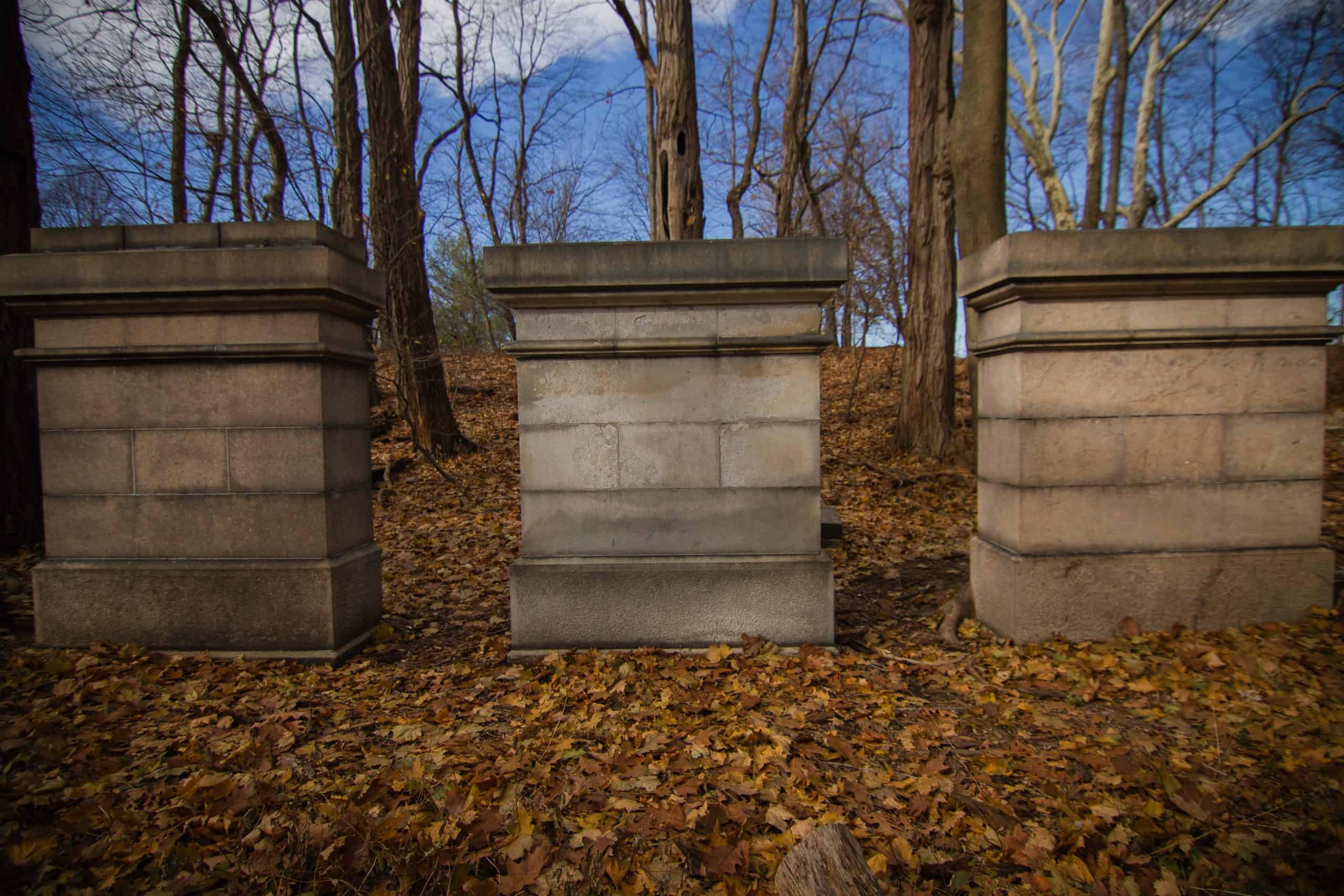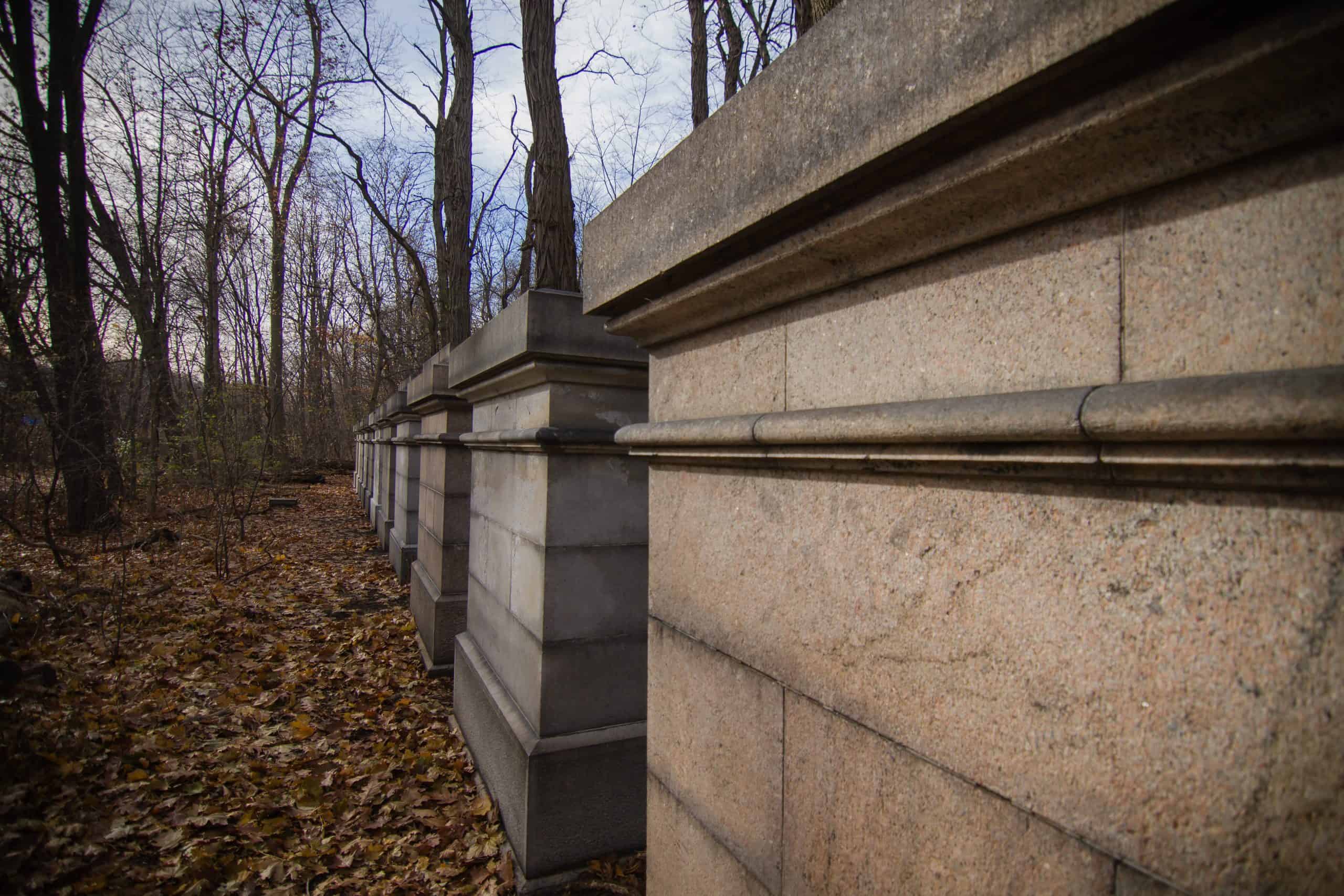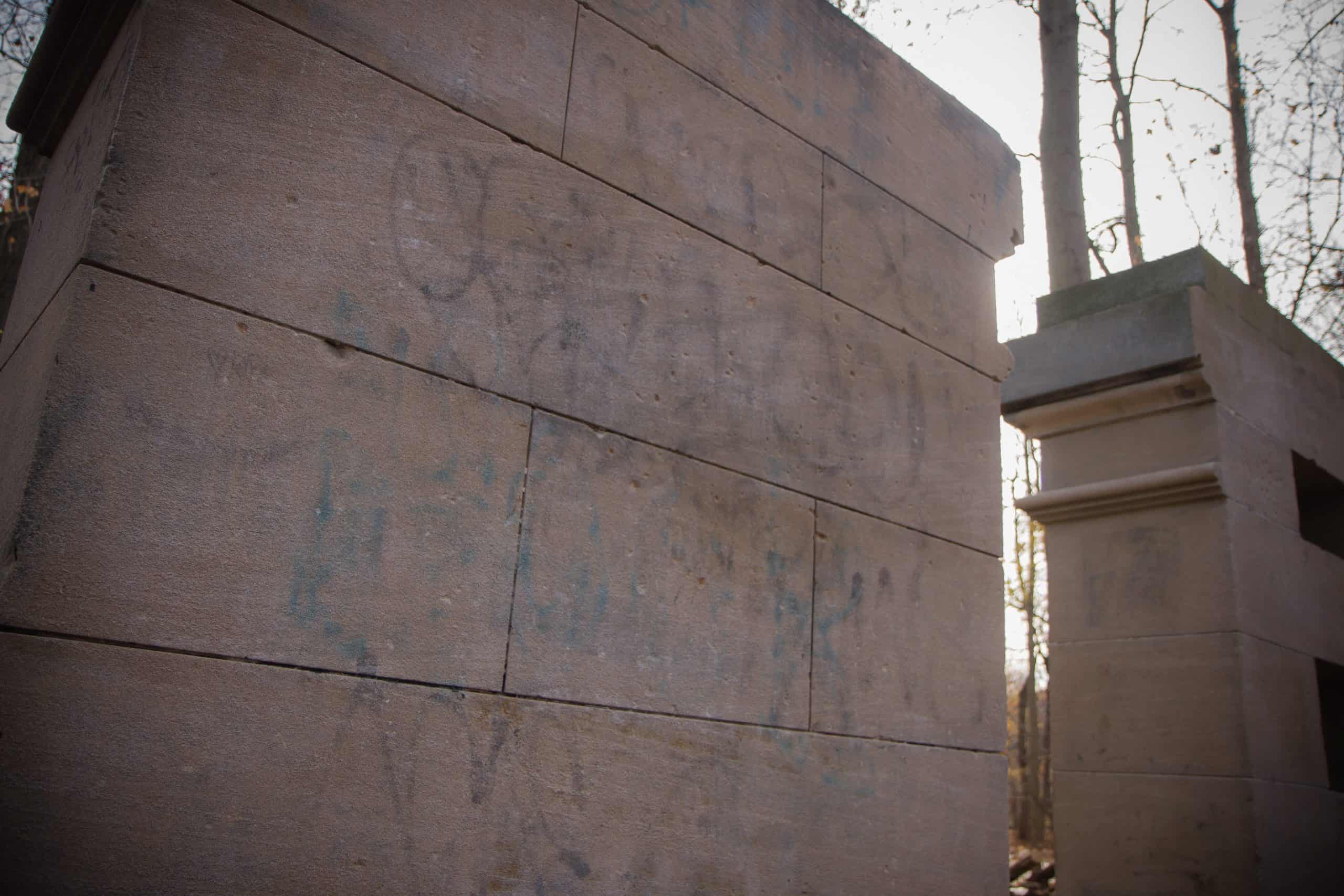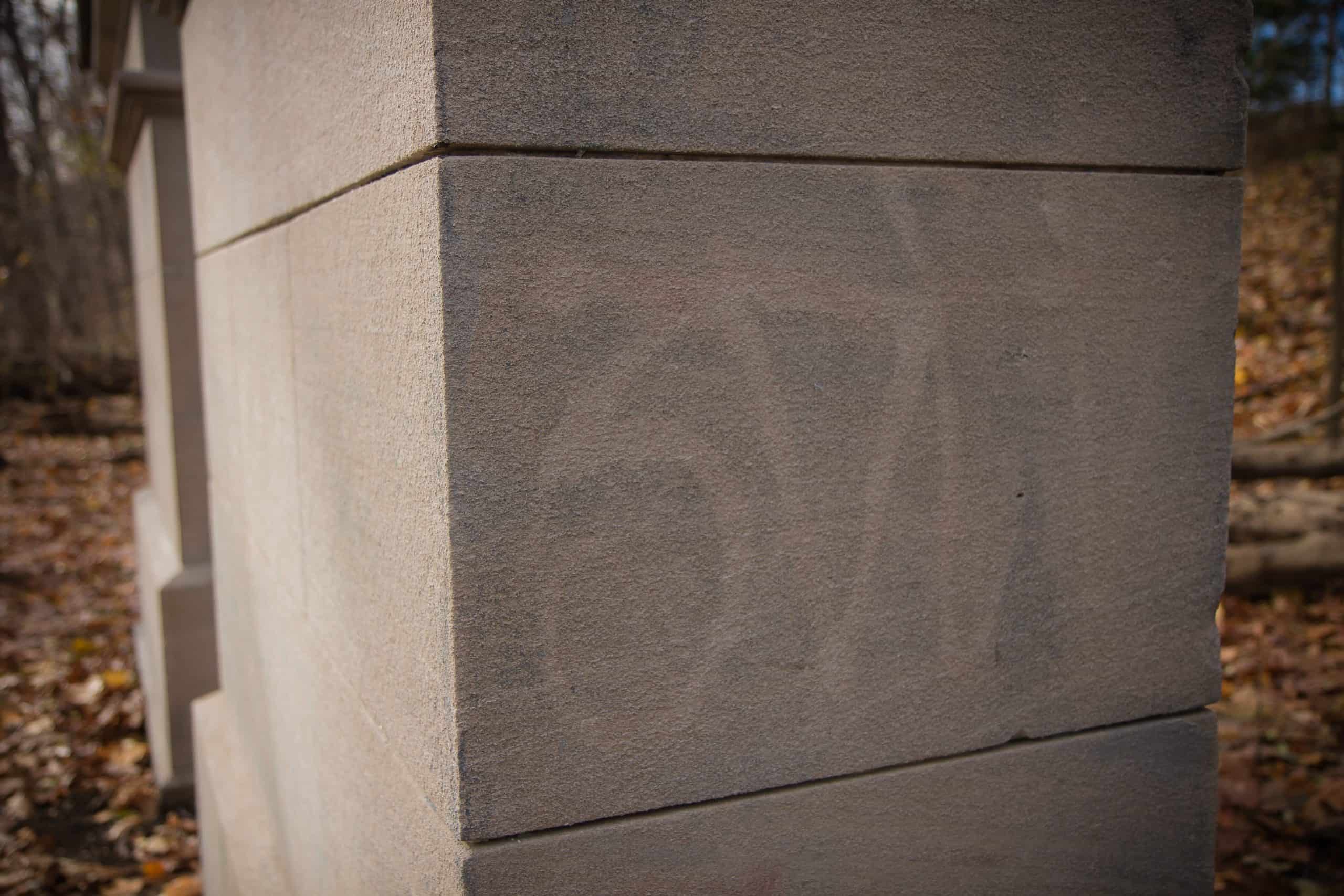Van Cortlandt Park may not be the most recognizable park for those who live outside New York City, but locals know it well. In fact, at 1,146 acres, Van Cortlandt is the third largest park in the city and the largest in the Bronx.
The park features the city’s first public golf course, trails, a large lake and historic sites like the oldest house in the Bronx. But tucked away off the park’s Putnam trail is a series of monoliths with deep ties to New York City architecture and history.
It’s fairly common practice for architects and contractors to build test walls or test panels to confirm component compatibility. But the designers of Grand Central Station in the early 1900s weren’t as concerned with compatibility as they were with longevity. Their goal was to build an iconic spectacle, something that would be a showcase for the growing rail industry.

Choosing the Right Stone
Reed & Stem and Warren & Wetmore, the architects of Grand Central Terminal, had two goals in mind for the iconic structure. First, they wanted it to feature a luxurious white stone, drawing inspiration from classic architecture. Second, they sought to find a stone that not only was cost-effective, but also would last forever. To be absolutely sure of their decision, the architects wanted to test the effects of a New York winter on the stone in real-world conditions.
The problem is no two stones are the same. Even stones that are of the same type can vary based on where they are quarried. Each quarry can feature different inclusions, different colors, even completely different mineral compositions. Each stone could be affected in different ways, and the wrong stone could cause problems for the contractors.

So, in 1905, the architects of Grand Central Terminal began an experiment. They sourced stone from 15 different quarries – everything from granite, limestone and marble – and fashioned them into small monoliths to serve as test panels of each stone. In total, the monoliths feature 12 different samples of granite, two varieties of Indiana limestone and one sample of marble. Interestingly, the only marble sample was the same stone used for the New York Public Library facade.
Today, 13 monoliths still stand. It’s unknown if monoliths for the other two samples were torn down or were never built. The common theory is that they only built 13 because two samples were immediately ruled out. Of the 15 samples collected, two were pink granite, and none of the monoliths feature pink granite.
In the end, the architects selected Indiana limestone for a majority of the façade with some granite at the storefront level. The limestone selected was the lowest-cost option of the stones tested, but after building the monoliths, the builders were more than satisfied with its durability. The second monolith from the left is made of the final limestone, while the third stone from the right is made of the chosen granite.

Preservation and Restoration
While the Grand Central Monoliths were built to test how these stones would withstand similar wear and tear to the building itself, they have seen far different environmental effects over the years. Both have been restored since their construction over 100 years ago.
Because of their location and limited notoriety, the Grand Central Monoliths have been overlooked and abused for decades. Throughout the 50s and 60s, New York residents would dump trash throughout the park. In the 70s, budget problems with the New York City government caused Van Cortlandt Park to further collapse into disrepair. Foot traffic plummeted, and there simply wasn’t enough money to adequately maintain or protect the park.
Of course, the Grand Central Monoliths were prime targets for vandalism. They were and still are regular targets for graffiti, and it became popular for couples to carve their initials in the softer stone.

But in the 1980s, an initiative to restore Van Cortlandt Park began. Improvements began gradually but then took off in 1988 after a restoration study concluded. Throughout the restoration of the park, which is still ongoing, the Grand Central Monoliths underwent several attempts of restoration and graffiti prevention. For several years, the stones were covered in grey or black paint to hide the vandalism.
In August 2017, the Grand Central Stones were finally given the restoration they deserve. Thanks to a generous donation to the Municipal Art Society of New York, restoration experts used restoration cleaners to remove the decades of paint and stains from the surfaces of the monoliths. Once again, they show that masonry is a beautiful and durable option for long-lasting buildings and how planning and testing are needed to ensure the longevity of a timeless building.
![]()